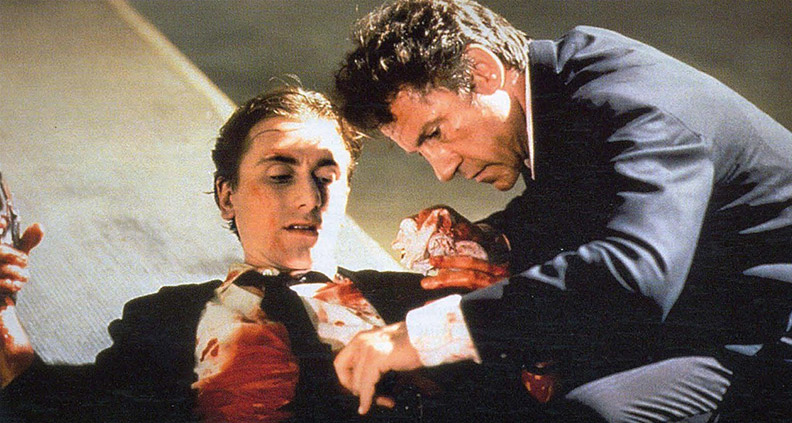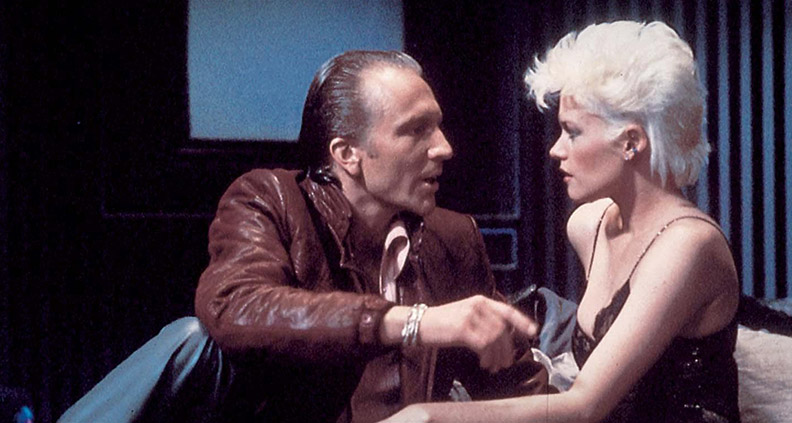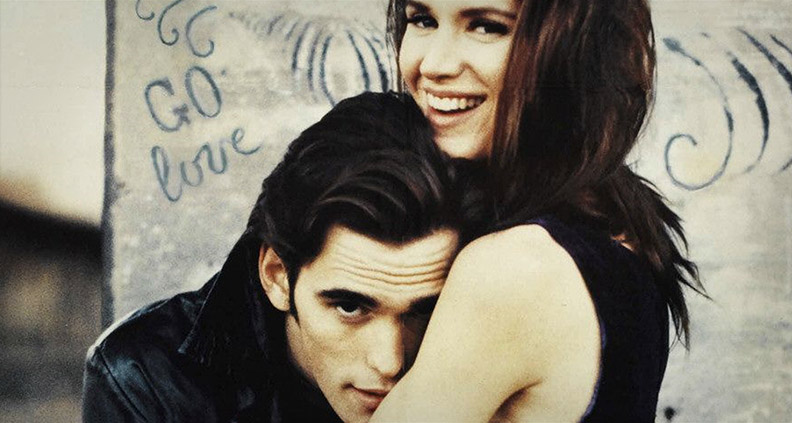#FlashbackFriday: In Praise of the Independent Cinema of the 1980s
When people ask me what my favorite decade is for movies and music, I usually say the 1980s. And whenever I say this, the response—particularly from friends and loved ones on the more artsy-fartsy end of the spectrum—can best be described as polite befuddlement. Sure, there are plenty of nostalgia-loving pop culture geeks that swear by the era’s steroidal slate of big-budget studio blockbusters. But indie-oriented punk rock casualties like myself are, as a rule, supposed to abhor the slick superficiality of the “greed is good” decade in all its forms, including film. But movies like Top Gun and Back to the Future aren’t what I mean when I profess my love for this odd and unsteady decade. The movies I mean are much weirder, wilder and more subversive.
In some ways, I’d argue that indie movies were at their peak in the ‘80s. Not necessarily in terms of popularity, commercial appeal or awards recognition (thought the Film Independent Spirit Awards did begin in 1984), but absolutely yes in terms of authenticity and purity of intent, existing as they did in a near-total vacuum in the years before the Indiewood boom of the early 1990s. And once Quentin Tarantino, Robert Rodriguez and the rest of that era’s indie auteur rebels group broke into the mainstream, things were never quite the same.

I’m not complaining. The widespread mainstreaming, acceptance and availability of independent cinema in today’s media landscape is a wonderful thing that continues to enrich our culture each day in ways that go way beyond mere entertainment. Moreover, the explosion of early-‘90s indie auteurs was in every way a necessary corrective to the bloated box office mongering of 1980s Hollywood—just as grunge and gangsta rap were a pendulum-swinging reaction to the superficial pop and rock that ascended in tandem with the consolidation of high concept Hollywood mega-blockbusters.
But as before grunge there existed a vibrant underground music scene full of obscure innovators and anti-yuppie protest music from bands such as Black Flag, Fugazi and Public Enemy, so too in film existed an electrifying micro-community of independent filmmakers who were creating their art with no clear roadmap to greater riches or acclaim; creators who made work mostly for themselves and a small group of likeminded freaks and weirdoes, who unknowingly established the aesthetic patterns and values that would take root and flourish on a grand scale in the 1990s.

So when I say that I like ‘80s movies, what movies am I talking about if not Top Gun and Back to the Future? Well, for many years my own personal favorite movie of all-time has toggled back and forth between Alex Cox’s sci-fi punk caper Repo Man and Brian De Palma’s ultra-sleazy psychosexual Hitchcock pastiche Body Double. Both films are from 1984, both are set in the “present”, and both take place in Los Angeles—documenting both a city and a time period I find endlessly fascinating. It should then come as no surprise then that I’m equally obsessed with Paul Schrader’s neon noir American Gigolo (1980) and Marek Kanievska’s flawed Bret Easton Ellis adaptation Less Than Zero (1987).
The ‘80s also saw the debut of Jim Jarmusch (still one of the most original and important voices in independent film), who made four films during the decade: 1980’s Permanent Vacation, 1984’s landmark Stranger Than Paradise, Down by Law (1986) and Mystery Train, in 1989. Also, in the latter half of the ‘80s, both Gus Van Sant (1989’s Drugstore Cowboy) and David Lynch (Blue Velvet, 1986) created iconic work presaging the rain-soaked Pacific Northwest weirdness and rot that would find its greatest expression in the hard rock riffs of bands like Soundgarden and Alice in Chains and in TV shows like Northern Exposure and (Lynch’s own) Twin Peaks.

It’s difficult to isolate what exactly I find so enamoring about the indie cinema of the 1980s. Part of it is, I just like seeing a record of the world as it was during a time in which I was technically alive, but not really cognizant of (I was born in 1982). So for whatever reason, the ‘80s seem incredibly exotic to me in a way that is specifically not nostalgia. Part of it is the work of cinematographer Robby Müller, who shot many of the film’s I’ve mentioned and whose naturalistic, color-saturated camera was perfectly suited to capturing the grit laying beneath the decade’s MTV sheen. And part of it is the sheer cool factor of underground 1980s iconography, deeply rooted in visions of bohemian bad boy rebels and manic pixie dream girls in the years before those archetypes became tired and clichéd.
So the next time your film club gathers over one too bottles of red wine to argue about the best and worst decades for film, I hope you’ll join me in sticking up for the pastel-pantsuit decade and remember: there’s always something interesting going on in the world, even in the blandest of times.
To learn more about Film Independent, subscribe to our YouTube channel. You can catch up with the rest of our blog here. And be our friend on Twitter, Instagram and Facebook.
To learn how to become a Member of Film Independent (and vote for the 2017 Film Independent Spirit Awards) just click here.
